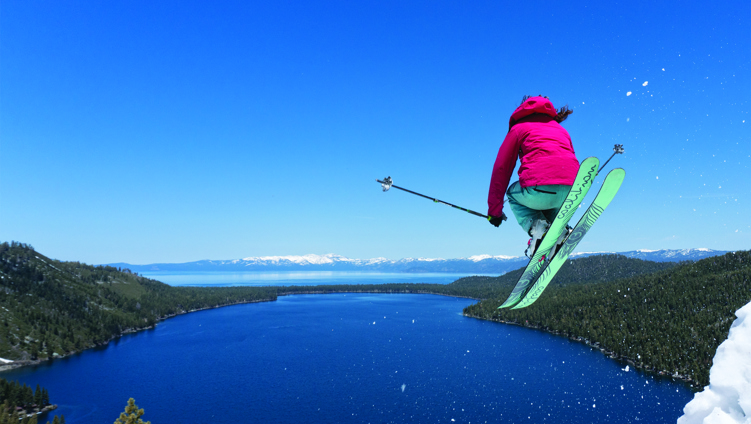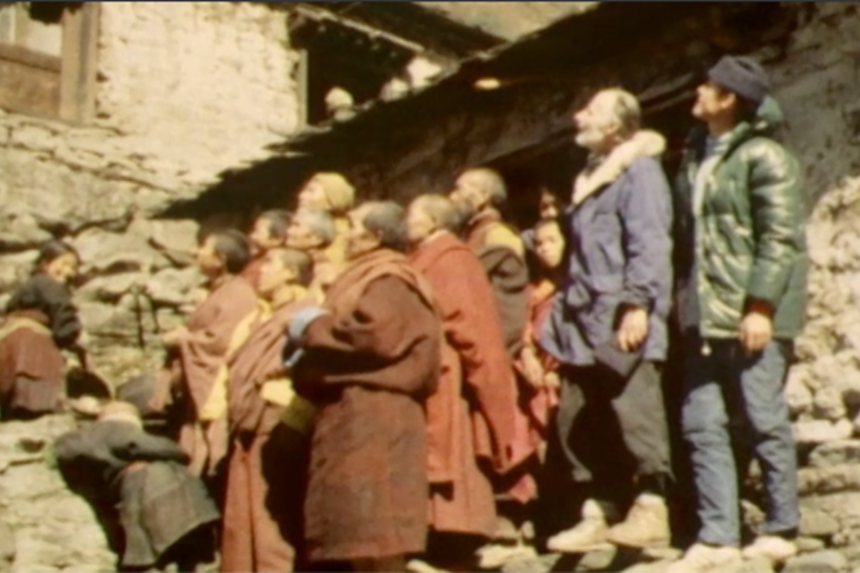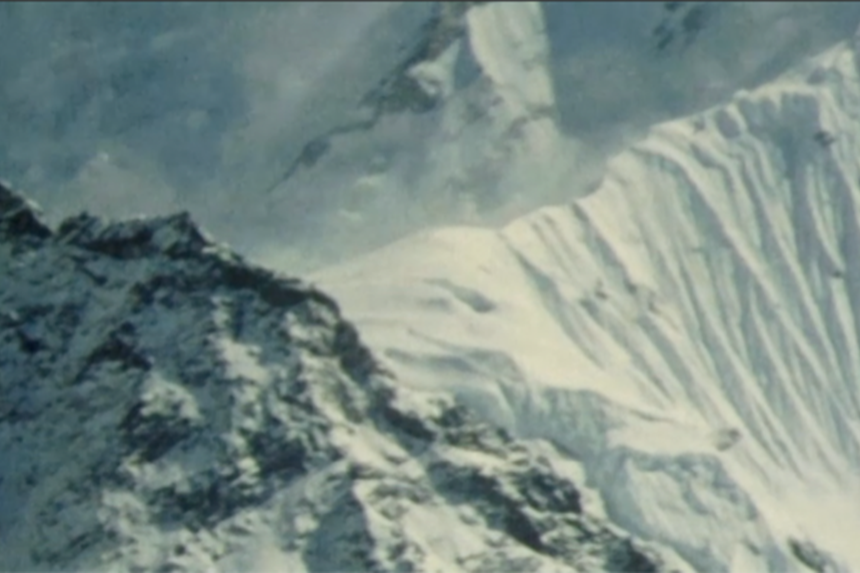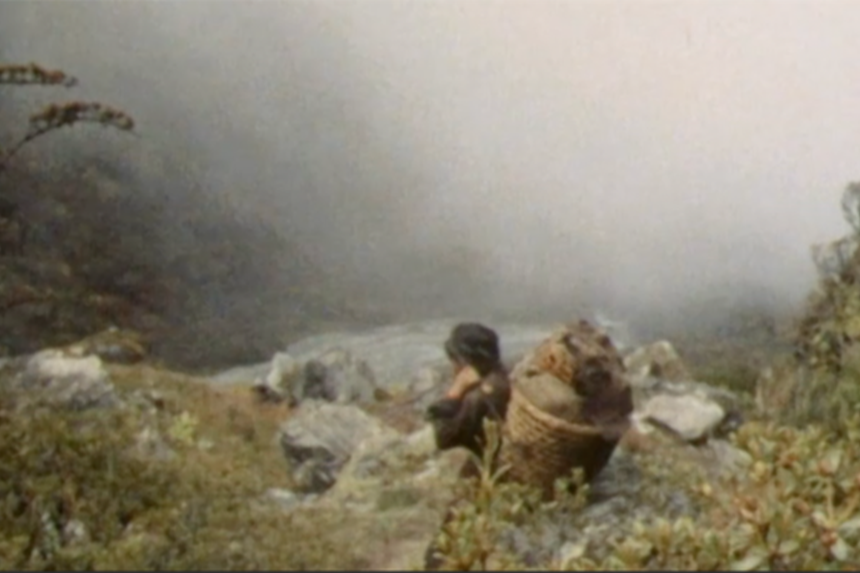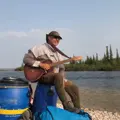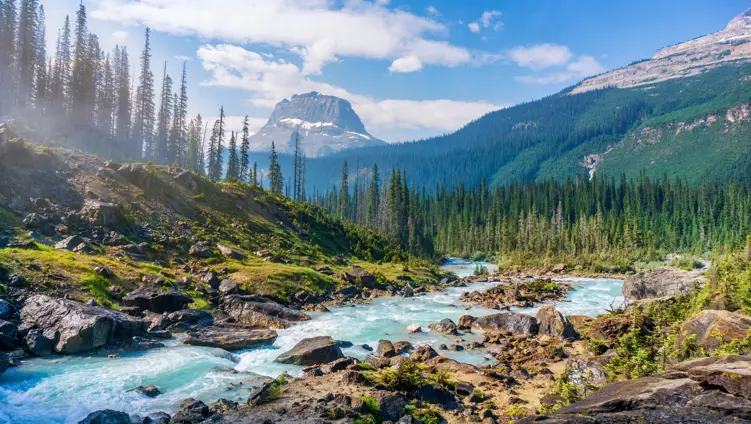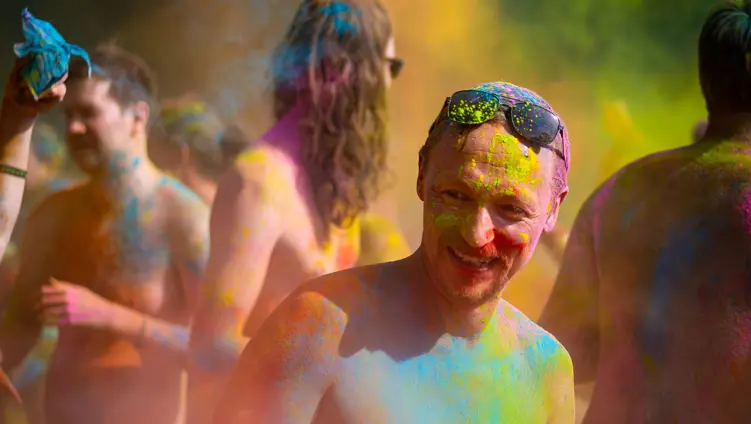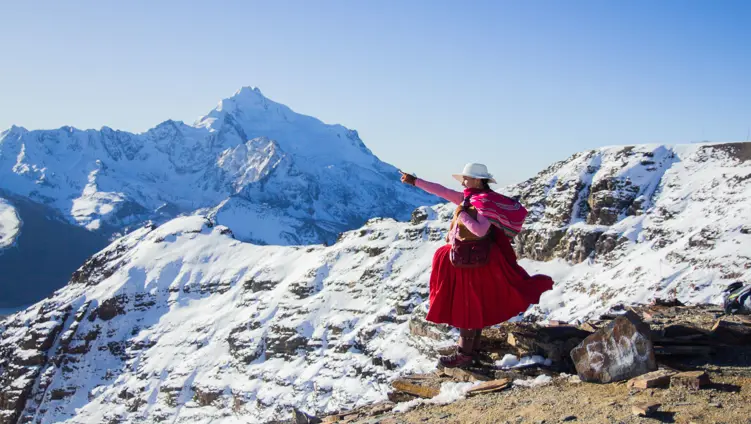This brings us to the followup expedition you’re part of. Tell us about it, and how an anti-expedition today will differ from the original.
The latest plan is that we are going in 2022 for six weeks or so with a small group of people fascinated by the 1971 story. Hence we refer to it as a “legacy project”.
We will travel along the valley, not upwards. It is a four-day walk now into Beding, and a half day beyond to Na (the summer home for many) from the end of the road. Beyond that is Tsho Rolpa Lake, much threatened by flooding with glacial meltwaters.
We’ve faced pressure to not travel post-pandemic with an “anti” label, which sounds bad for the business of tourism. Point taken. But our message around the three pillars - the same as the original expedition - is not meant to be mean-spirited. The pillars, dare I say, are even more important today.
We are now the Rolwaling Legacy Project/Journey 1971-2021/22, because we have secured $10,000 CAD for the Rolwaling Sangag Choling Monastery School in Beding. It will cover maintenance and new initiatives over a five-year period. We hope a new water supply will be installed initially, given the previous waterworks were destroyed in an earthquake. We also plan to fund an additional girl’s hostel/dorm and classroom. Given the five-year commitment we are confident in these projections.
We will be proactive in the community in other ways, too. Given we have been put on hold, we have time to assess what our contribution beyond financial support might be in the months ahead. We are in communication with the community and the school leaders by Zoom when they are in Kathmandu. The diversity of our team will lend itself to a variety of projects. We do know we plan to volunteer, teaching English in the community and exploring issues of climate change in the valley.
We also plan to use film, writing and speaking engagements to promote the original message. We hope a film blending images and messaging from the 1971 film will reach a wider audience than the first film, given international film festivals (we are taking the 1971 film back to the community so they can see it). Old men now remember the 1971 visit, and Kvaløy Setreng is known to the community for his many return visits. One of our partners in the school project has been told many stories about the 1971 visitors.
